Fukushuen Garden
- Bree Ford
- Mar 5, 2019
- 2 min read
We visited a peaceful historic garden in the middle of Naha!
FUKUSHUEN GARDEN| March 5, 2019
Our next stop was the Fukushūen Garden in Naha. This was absolutely breathtaking. Located in what was previously known as the Kumemura, or the Kume village, this peaceful little garden was constructed in 1992 to celebrate the 10 year anniversary of the sister city relationship between Naha and Fuzhou in China.
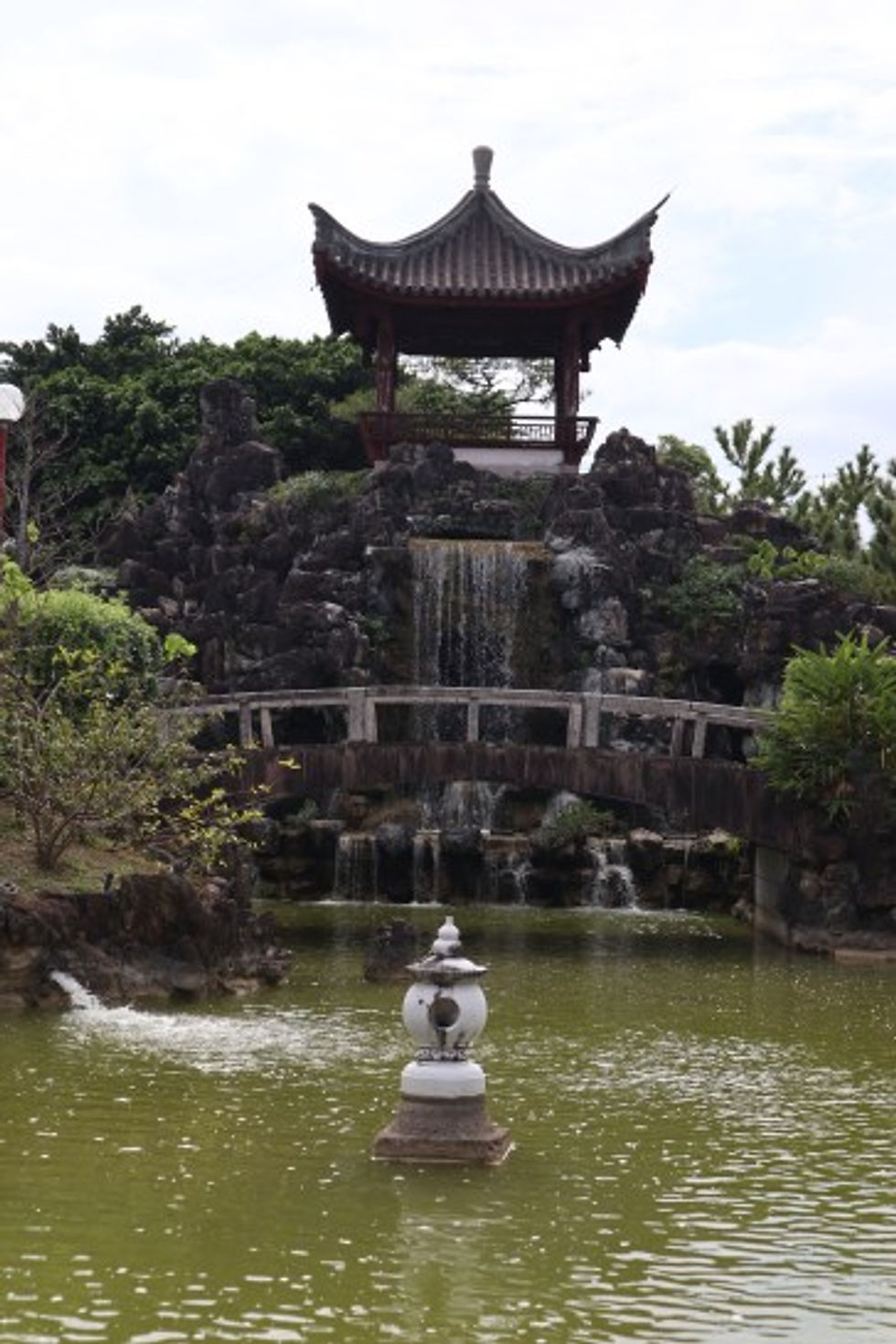
Also known as the Fuzhou Garden.
The Kumemura neighbourhood this garden is located in was a hub for Chinese culture and education in the Ryukyu Kingdom. The Ryukyu Kingdom was independent and consisted of the Ryukyu Islands, a chain of islands extending from Kyushu to Taiwan. Okinawa is the largest of these islands, and has a unique history.



From here, I dived deep down into the rabbit hole of the Ryukyu Kingdom and learned a bit about Okinawan history and why it is so different from the rest of Japan. When I say I dived deep down into a rabbit hole, I mean I poked at an ant hill… or rather, I looked at the information pamphlet from the garden and I found the history to be interesting enough to read some related Wikipedia pages, linked right here. I read through the pages on the Fukushuen Garden, Ryukyu Kingdom, and Okinawan History.
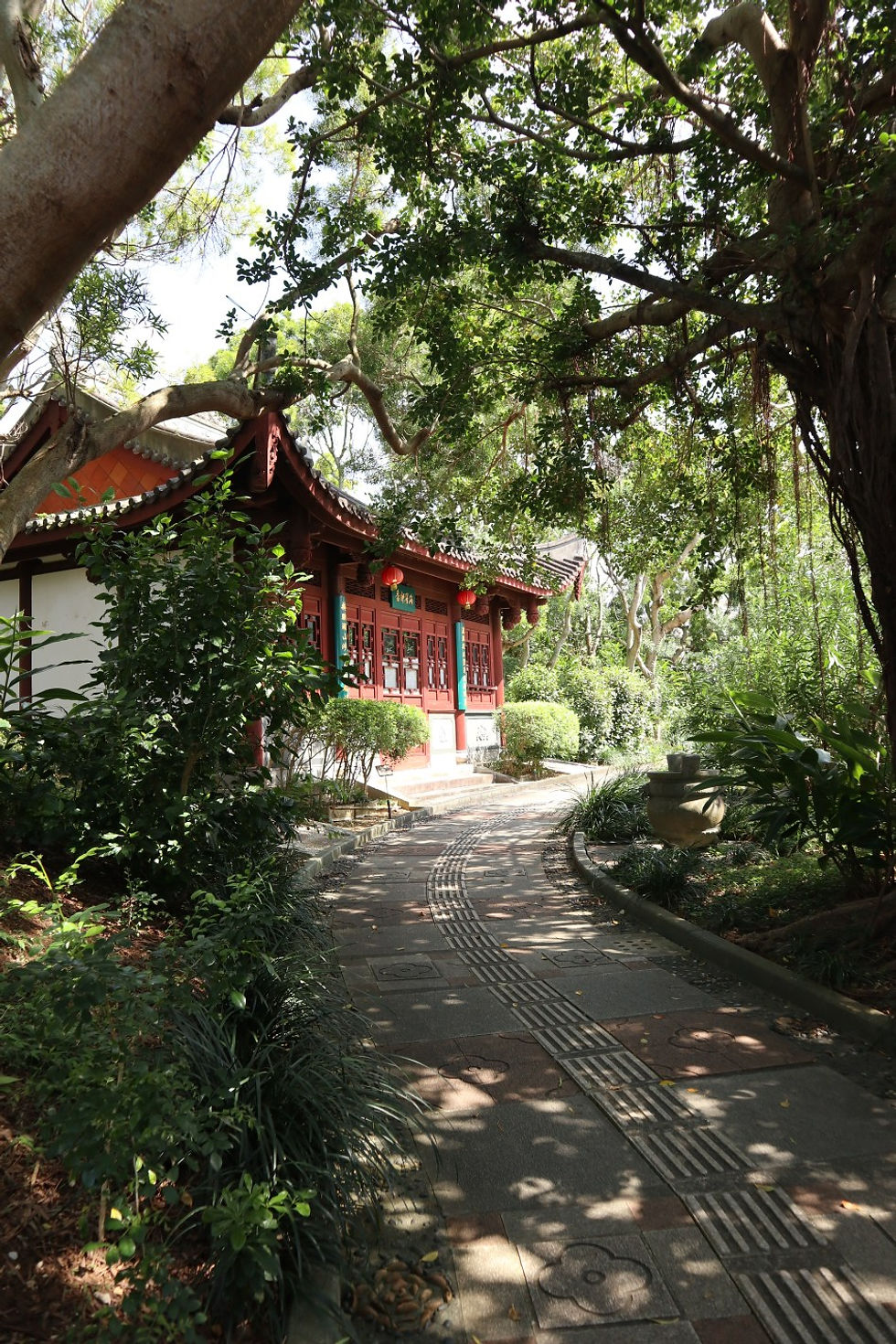
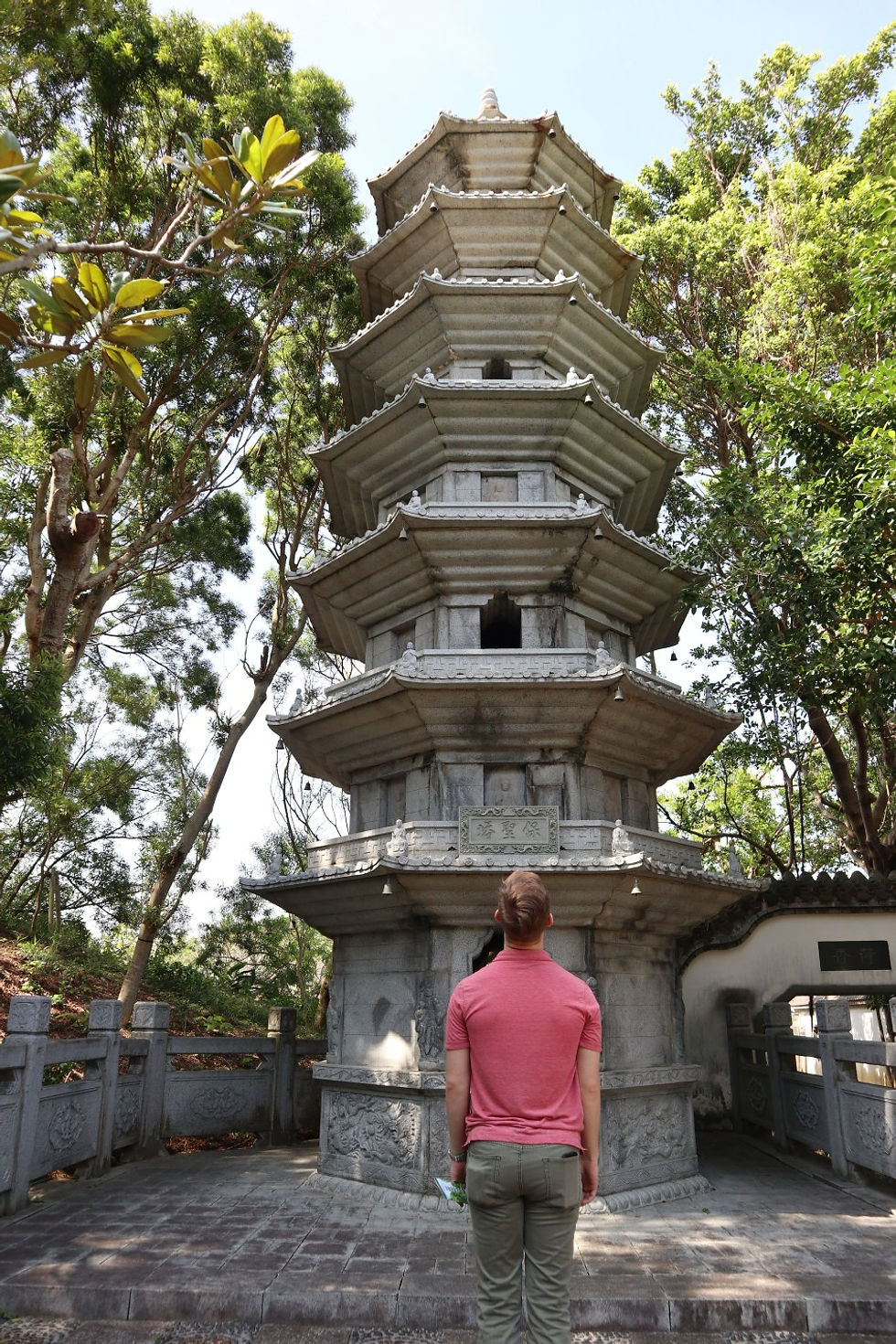

feeding fish!
Reading through the history on the Ryukyu Kingdom from many reliable sources at once, I learned that there were originally three kingdoms in Okinawa. The Hokuzan, the Chuzan, and the Nanzan kingdoms were quite literally the northern, central, and southern mountains.
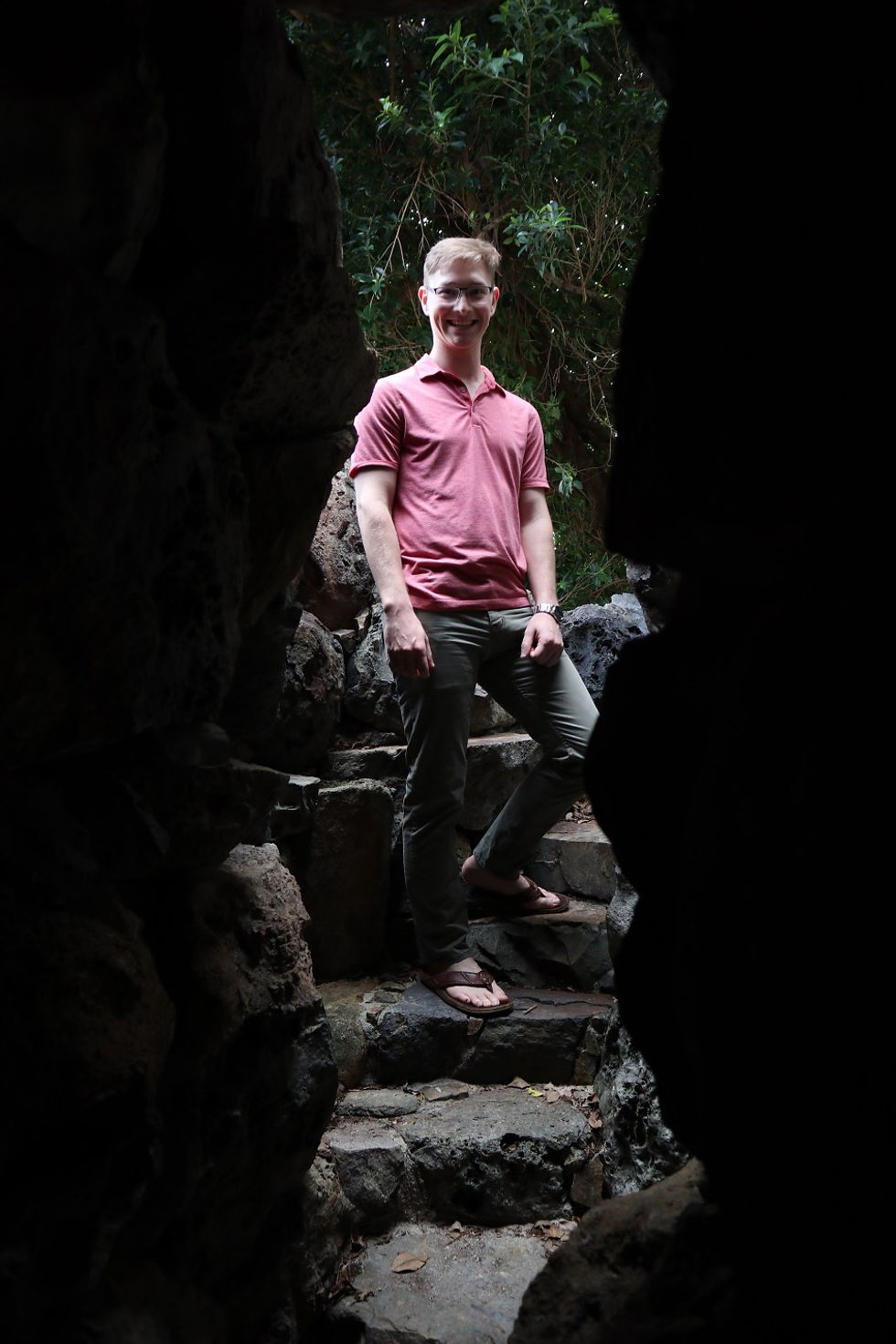

The Hokuzan in the north had a strong military, the Chuzan in the center had a strong economy, and the Nanzan in the south had the major port of Naha and was the center of traditional Chinese education. This is where the Fukushuen Garden is located!


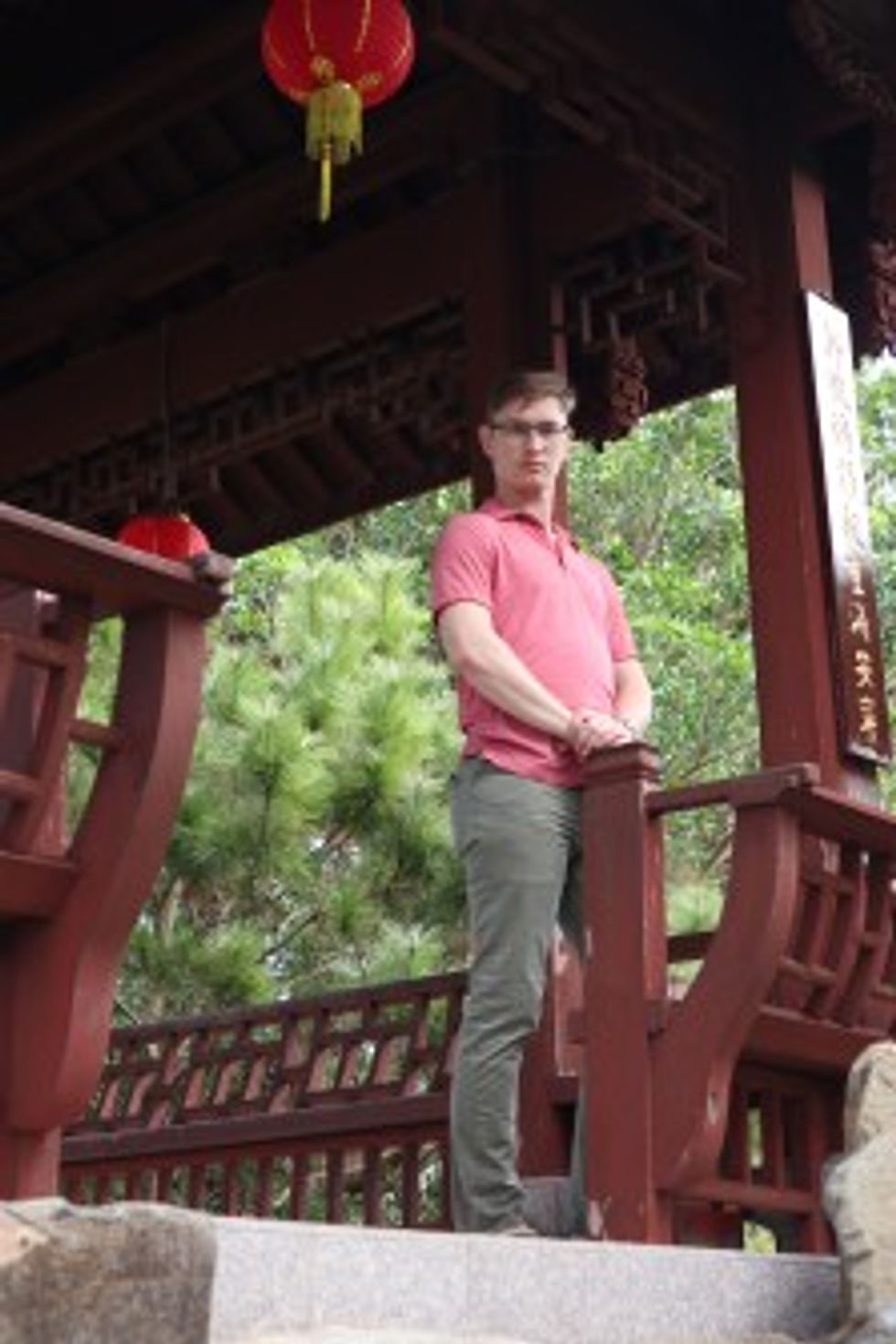
Appreciating the culture.
At some unspecified time, the three kingdoms battled and the Chuzan came out victorious, conquering Hokuzan in 1416 and Nanzan in 1429, uniting all of Okinawa for the first time. Throughout the reign of the Ryukyu Kingdom, there was much Chinese influence. Many Chinese people served in the Ryukyuan government and engaged in business. At one point, the Ryukyuan king requested the Ming Chinese to send over thirty-six families to manage oceanic dealings at one point. Eventually, these Chinese immigrants and their descendants helped Ryukyuans advance their technology and diplomatic relations while navigating a golden age of maritime trade.



Much more happened after this, concerning Japan, China, and the US, several atrocities in WWII, resulting in the Okinawa of today… but I’ll stop here, as the history particular to this garden is mainly comes from Chinese cultural influence, and I found the Ryukyu Kingdom to have the most interesting story on Chinese cultural influence in Okinawa.
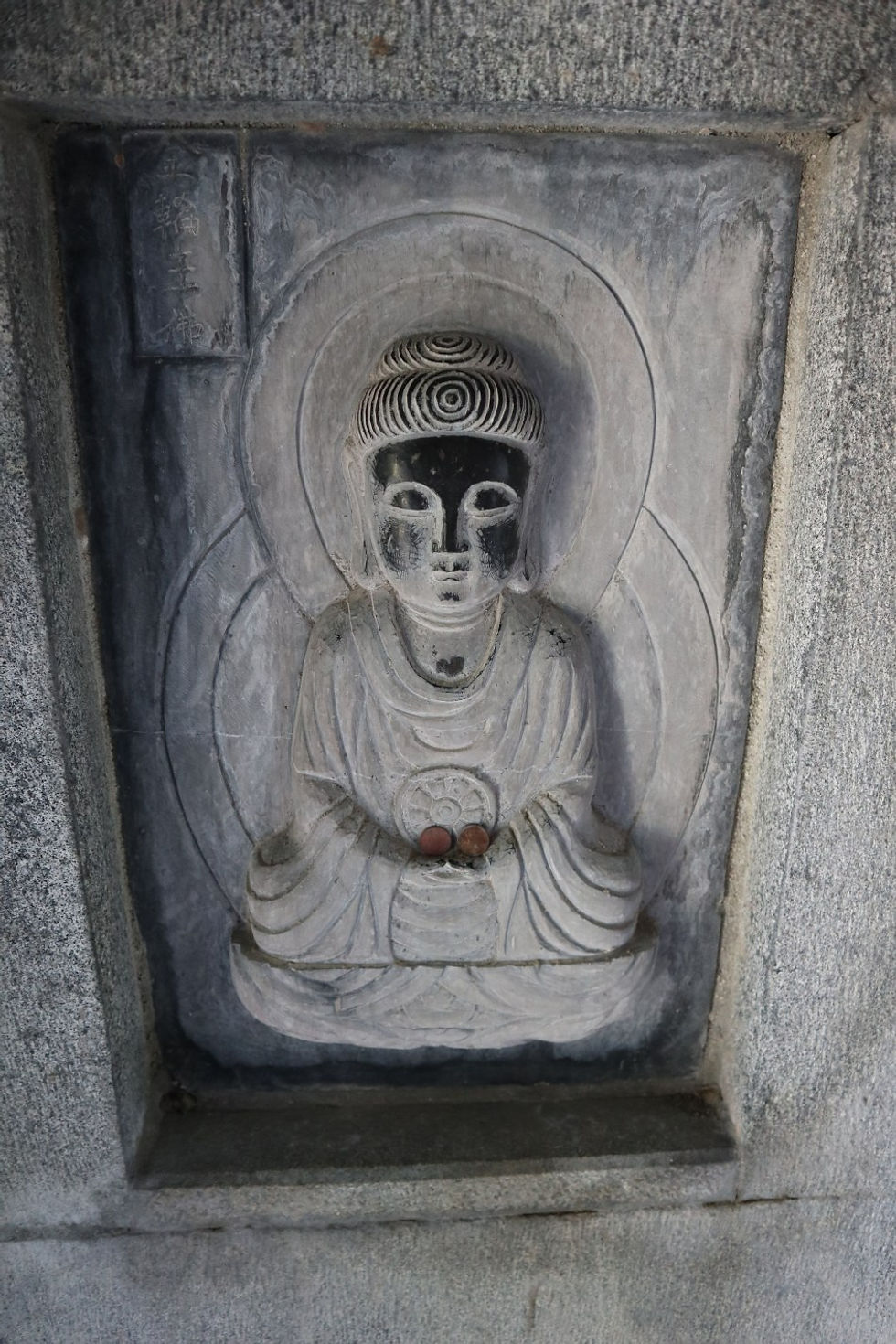



When I was in school, I never cited Wikipedia as a reliable source, and finding this page hyperlinked after a sentence in the Okinawan History Wikipedia page, I definitely stand by that. However, I think it can be a great way to loosely learn about something you know nothing about. It’s just best to take everything with a grain of salt.

Looking for reliable sources on the internet.





Comments